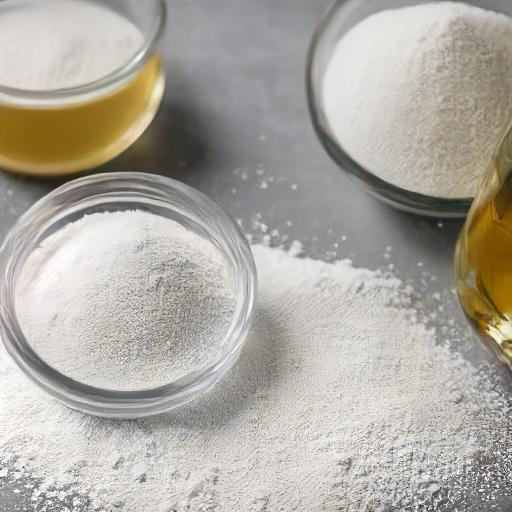Citric acid, a versatile compound, comes in two primary forms:
- Citric Acid Anhydrous
- Citric Acid Monohydrate
The distinction lies in their water content, with the anhydrous form being water-free and the monohydrate containing a water molecule. This variance in composition arises during the crystallization process, where citric acid crystallized from hot water yields the anhydrous form, while cold water crystallization results in the monohydrate form. Interestingly, the monohydrate form can be transformed into the anhydrous form at approximately 78°C.
In the commercial market, citric acid is available in four distinct grades:
- Reagent/ Laboratory Grade
- Food Grade/Preservative Grade
- Pharmaceutical Grade
- Industrial/Technical Grade
Primarily renowned for its acidulant and preservative properties, citric acid finds extensive usage in the food and beverages industry. Furthermore, it holds significant importance in pharmaceutical applications, where both the anhydrous and monohydrate forms adhere to various specifications outlined by IP (Indian Pharmaceutical), BP (British Pharmaceutical), and USP (United States Pharmaceutical). The pharmaceutical sector predominantly favors citric acid anhydrous, while the food industry selects between citric acid monohydrate or anhydrous based on specific requirements. Additionally, manufacturers offer an Industrial/Technical Grade of citric acid, featuring a lower assay of citric acid (approximately 96-97%), tailored for applications in the washing industry, such as soap and cleaning liquid manufacturing.
Moreover, the pricing of citric acid is influenced by the mesh size of the powder, with options ranging from 8-40 mesh to 60-120 mesh and beyond. Among these, the 8-40 mesh and 30-100 mesh sizes are prevalent. For citric acid monohydrate, the 8-40 mesh size is favored, while the 30-100 mesh size is preferred for anhydrous citric acid. Currently, the price differentials reflect the market demand, with anhydrous citric acid commanding higher prices compared to monohydrate.
Citric Acid Anhydrous (Food Grade)
| Criteria | Quality Standards |
| Appearance | White or almost white, crystalline powder, colourless crystals or granules. Odorless, has a strongly acid taste. Effloresces in dry air. Very soluble in water, freely soluble in ethanol. |
| Assay % | 99.5~100.5 |
| Water % | ≤0.5 |
| Sulphated Ash (Residue on Ignition) % | ≤0.05 |
| Sulfate mg/kg | ≤150 |
| Oxalate mg/kg | ≤100 |
| Lead mg/kg | ≤0.5 |
| Arsenic mg/kg | ≤1.0 |
| Mercury mg/kg | ≤1.0 |
| Aluminium mg/kg | ≤0.2 |
| Heavy Metals mg/kg | ≤5.0 |
| Bacterial endotoxins IU/mg | <0.5 |
Citric Acid Monohydrate (Food Grade)
| Criteria | Quality Standards |
| Appearance | White or almost white, crystalline powder, colourless crystals or granules. Odorless, has a strongly acid taste. Effloresces in dry air. Very soluble in water, freely soluble in ethanol. |
| Assay % | 99.5~100.5 |
| Water % | 7.5~8.8 |
| Sulphated Ash (Residue on Ignition) % | ≤0.05 |
| Sulfate mg/kg | ≤150 |
| Oxalate mg/kg | ≤100 |
| Lead mg/kg | ≤0.5 |
| Arsenic mg/kg | ≤1.0 |
| Mercury mg/kg | ≤1.0 |
| Aluminium mg/kg | ≤0.2 |
| Heavy Metals mg/kg | ≤5.0 |
| Bacterial endotoxins IU/mg | ≤0.5 |



